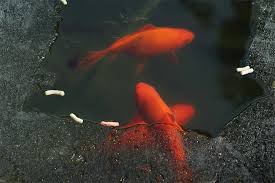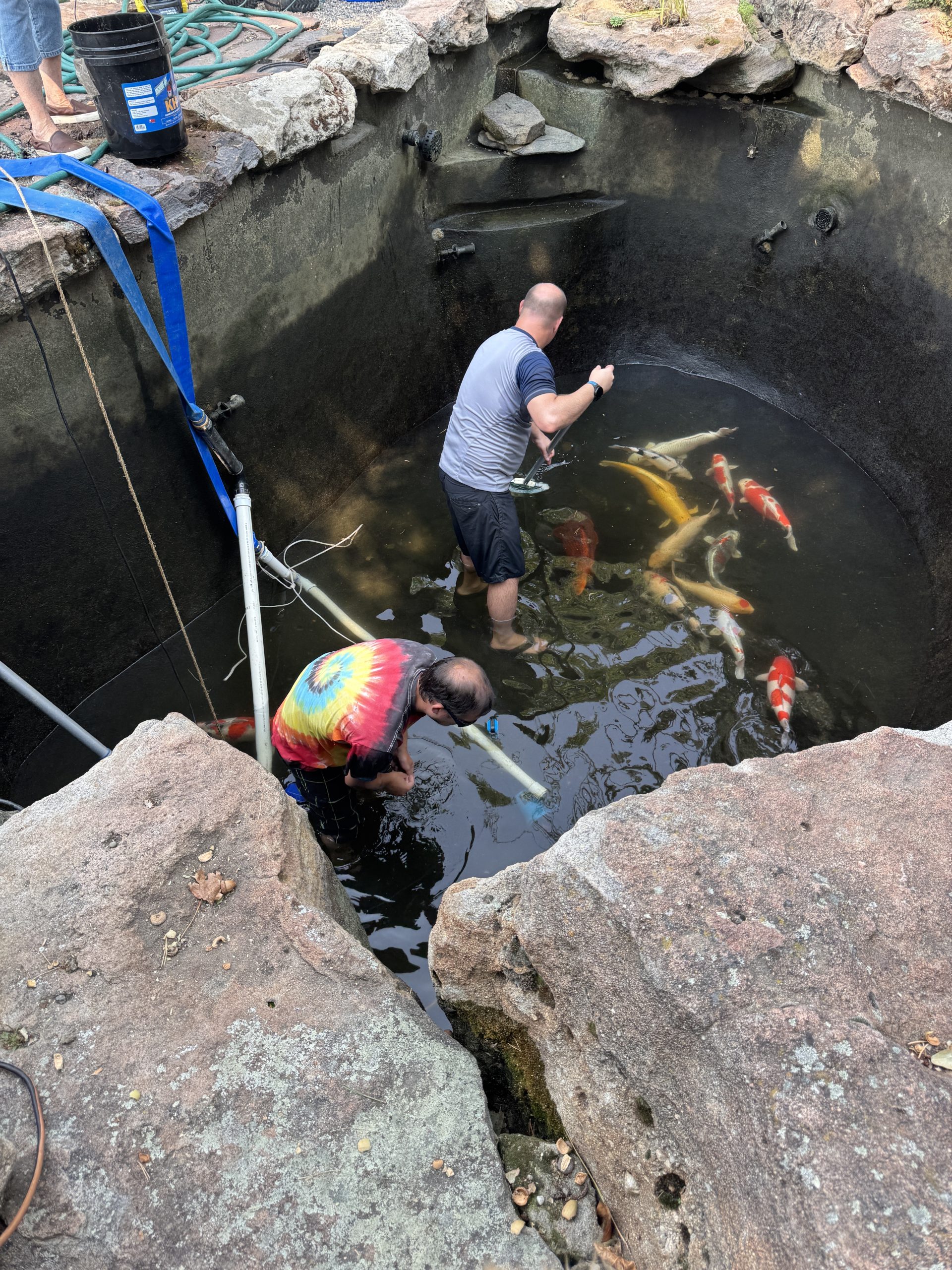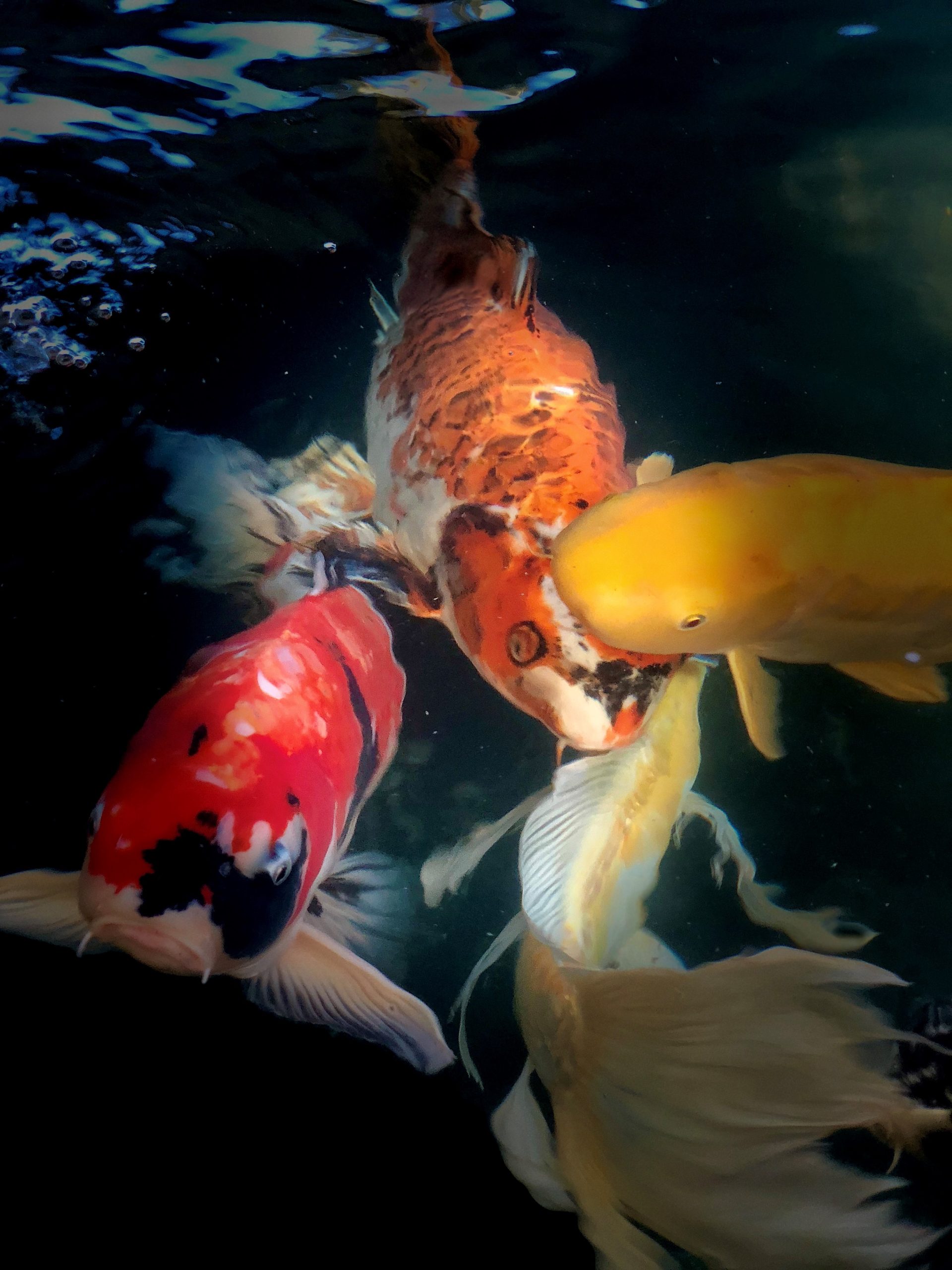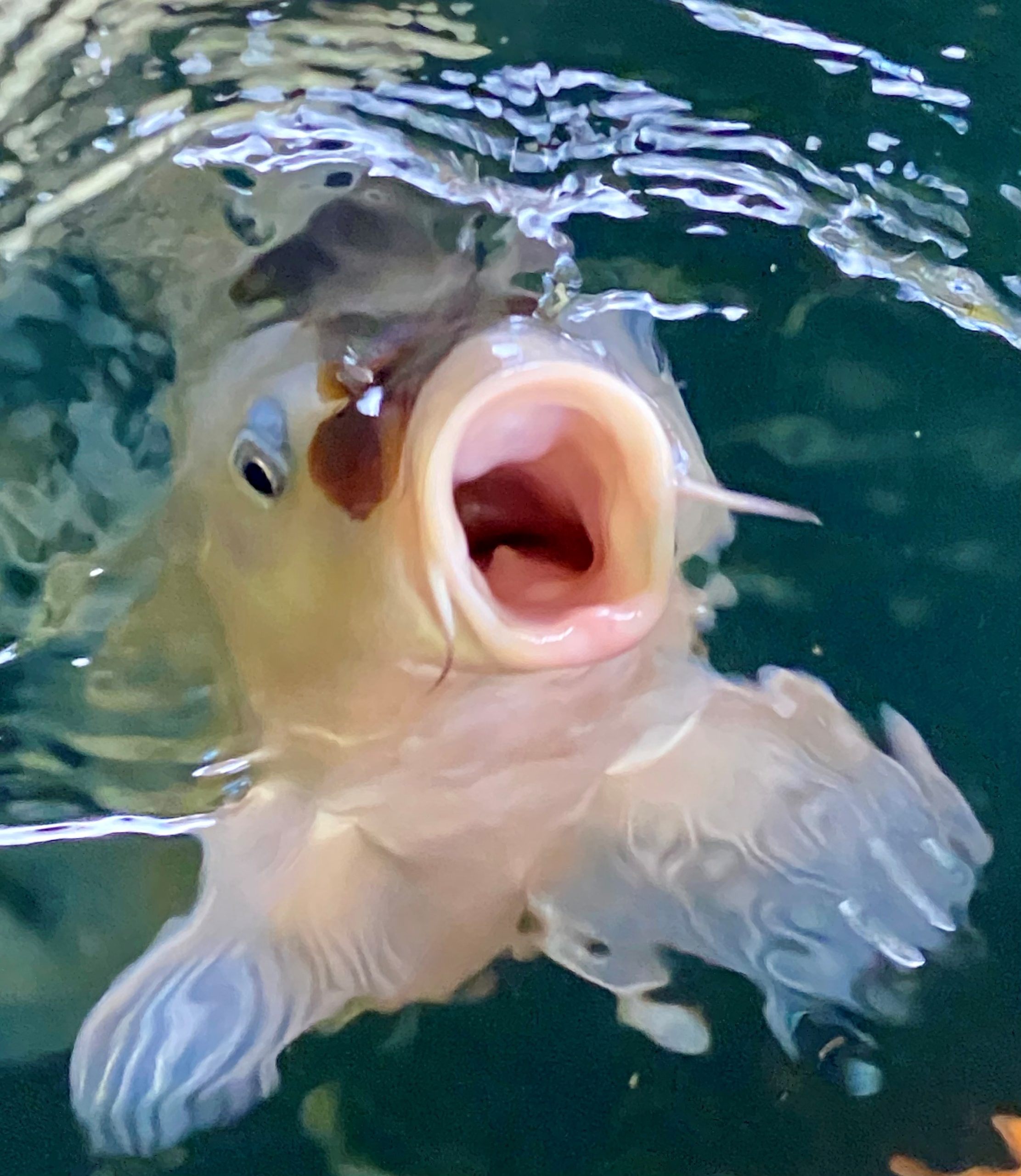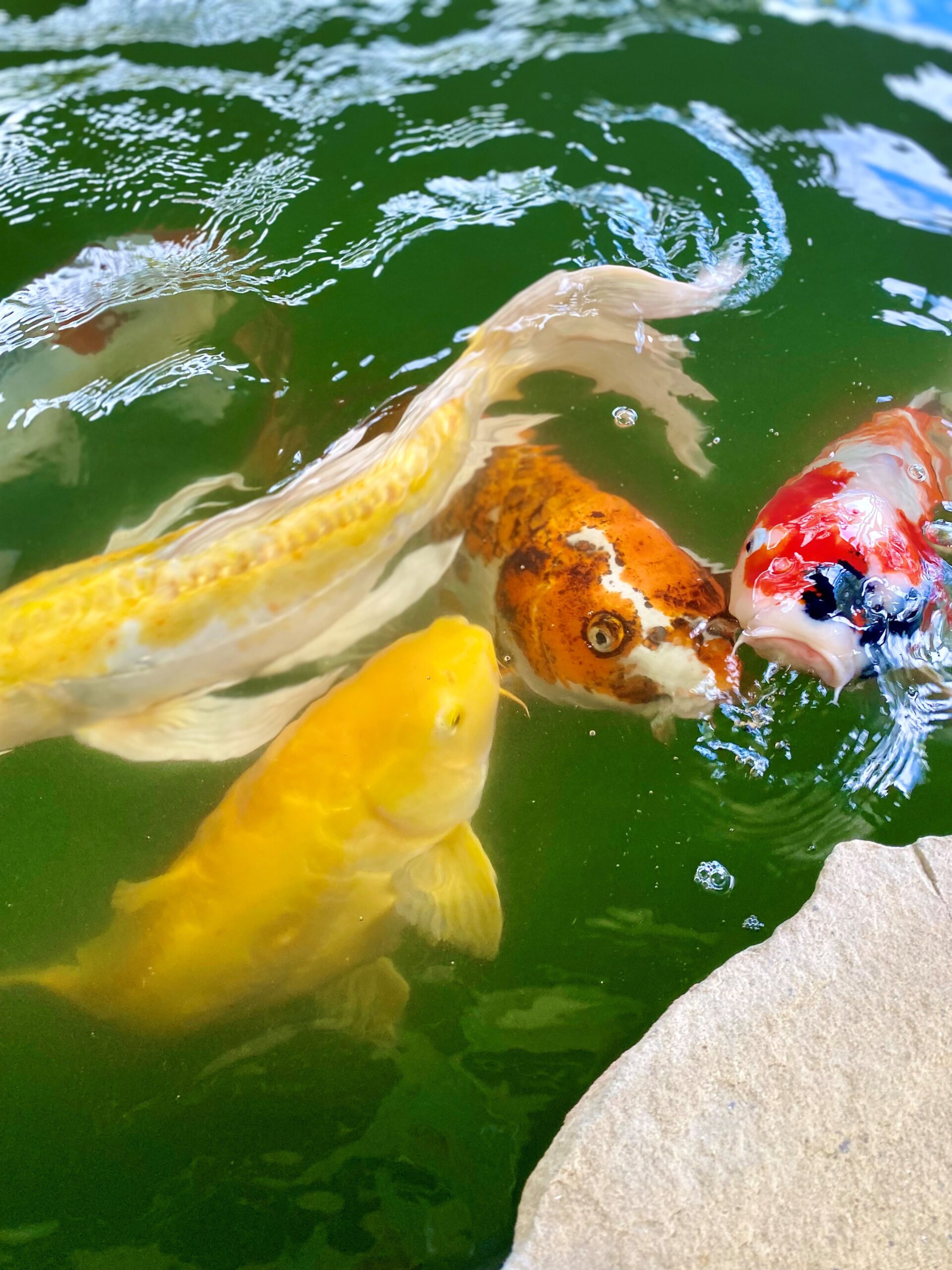FISH LICE by Carolyn Weise
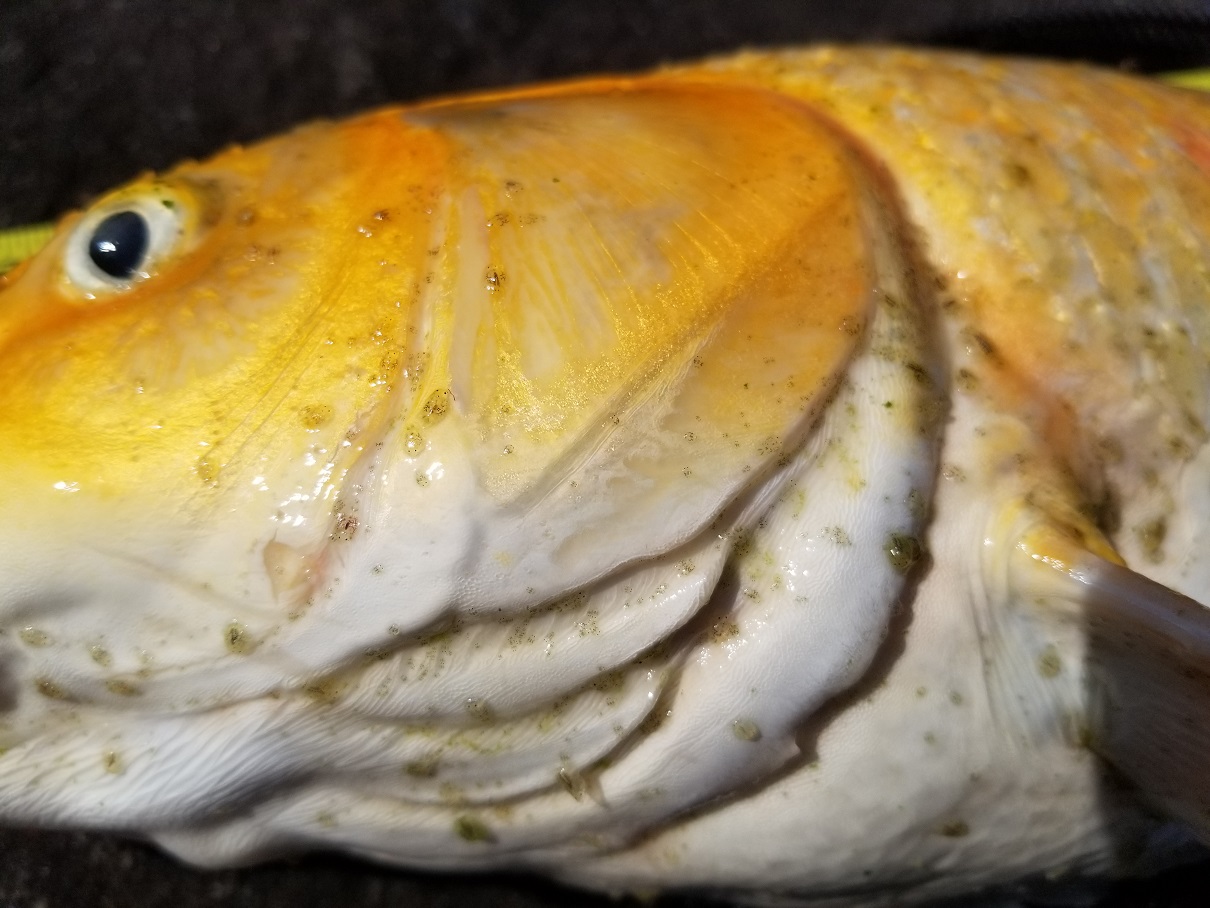
The common fish louse (Argulus) survives in marine, brackish, and freshwater environments.
Salt does not deter them.
All life stages of both sexes are parasitic. It attaches to its host fish via its suction cups, pierces the skin with its sharp stylet, and feeds on blood. It may live in the gills or on the body.
Fish lice can be seen without a microscope.
SYMPTOMS
- A heavy infestation causes inflammation of the skin, open hemorrhaging wounds, increased production of mucus, loss of scales, and corrosion of the fins. The wounds are often infected with bacteria and fungi, which further degrade the skin layers. The fish can become anemic.
- During feeding, the louse also injects digestive enzymes into the flesh. Infested fish may exhibit loss of appetite and slowed growth, and behavioral signs such as erratic swimming and flashing. The damage and infection cause stress and mortality.
- The common fish louse is also a vector for pathogens, introducing organisms such as bacteria and the virus that causes spring viremia of carp. It is an intermediate host to certain nematodes.
- To locate its host, the fish louse uses vision and mechanical sensation. During light hours it searches visually for a host, usually remaining still in ambush. When it is dark the louse is more active, swimming about to encounter a host. It senses the smell of the fish and the movement of the water around it. It also becomes more active in searching when it has not fed in over 24 hours.
REPRODUCTION
During the reproductive cycle, the male and female fish louse copulate upon the body of the fish, and the female detaches every few days to swim to the substrate and lay eggs. It favors hard strata, and its eggs can be collected by providing it with a wooden board to lay them on. It lays more clutches during daylight hours than at night.
The larva of the fish louse has two main stages. The newly hatched larva can parasitize a host, attaching to it with its hooked antennae because it lacks suction cups. In the second main stage, after its first molt, it is simply called a “juvenile”, because it is very similar to the adult, only smaller. It can swim just as efficiently as the adult. The larva molts eleven times before reaching adulthood.
HOSTS
This ecto-parasite has been noted on all types of freshwater fish including Koi and goldfish. *It has also been observed on frogs and toads which can be vectors of reinfection.
TREATMENT
- MICROBE-LIFT/LICE & ANCHORWORM contains a veterinary chemical, Cyromazine. Cyromazine is an insecticide used in aquaculture and aquariums to control parasites like anchor worms and fish lice.
- CAUTION: It’s generally considered safe for fish, but it’s crucial to remove crustaceans like shrimp and crayfish before treatment as it can harm them. Cyromazine works by disrupting the molting process of insects and crustaceans, making it effective against parasites that rely on molting.It is generally considered safe for fish, reptiles, amphibians, and mollusks. Cyromazine has low toxicity to fish, aquatic invertebrates, and plants.
- TREATMENT: A common treatment schedule involves repeating the application every seven days for a minimum of three weeks.Water temperature will make a difference in length of time. Cooler water will require longer treatment. Water changes are beneficial before each treatment.

